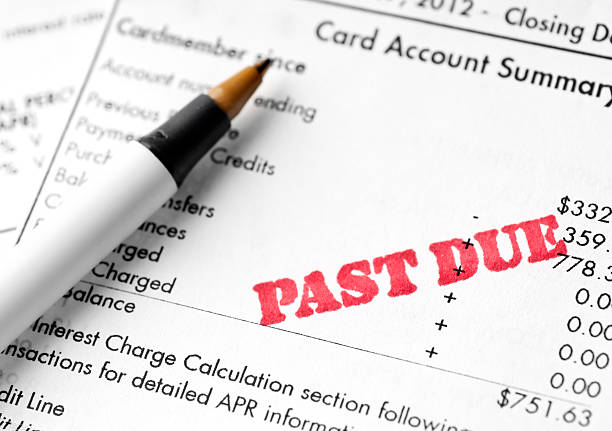
Are you managing your debt? Or is it managing you? If you're stuck in a money quicksand trap, you may not even realize at first that you're in a finan...
Read More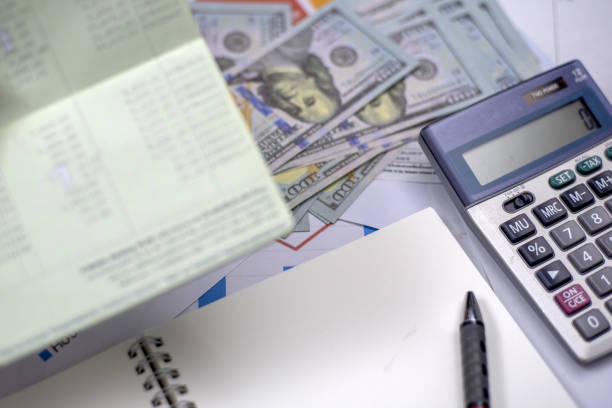
Entering one’s twenties often marks the beginning of true financial independence, a period of exciting possibilities juxtaposed with significant eco...
Read More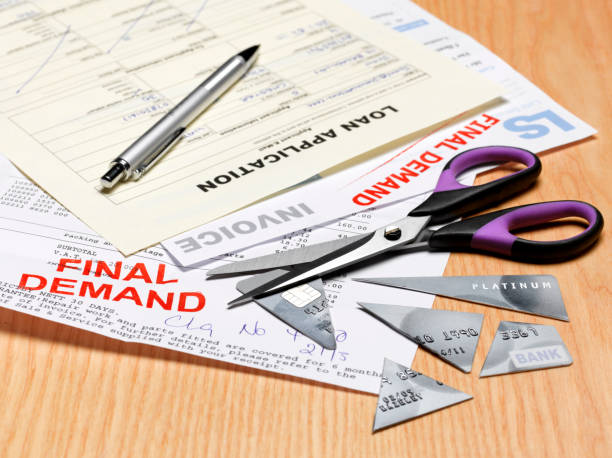
The reality of overextended personal debt is a landscape of profound anxiety, where monthly obligations eclipse income and the future feels foreclosed...
Read More
The crisis of overextended personal debt is deeply intertwined with a pervasive and often overlooked contributing factor: widespread financial illiter...
Read More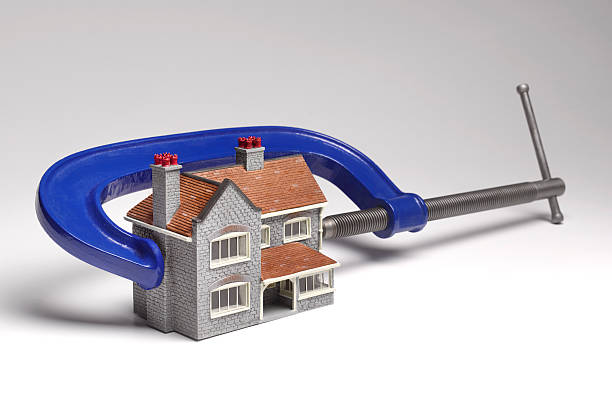
The burden of overextended personal debt extends far beyond a simple numbers on a ledger; it manifests as a relentless and pervasive form of financial...
Read More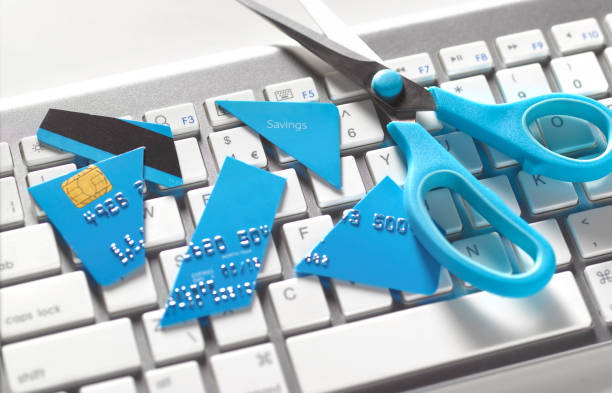
The true cost of overextended personal debt is measured not merely in dollars paid as interest, but in the profound loss of financial flexibility. Thi...
Read MoreCreditors may request documents to verify your hardship, such as a layoff notice, medical bills, a divorce decree, a death certificate, or recent pay stubs and a budget showing your income shortfall.
This ratio measures how much of your available revolving credit (like credit cards) you are using. It is a major factor in your credit score. A utilization rate above 30% signals risk to lenders and can significantly lower your score, making new credit more expensive.
Focus on: Account Balances and Credit Limits (to calculate utilization), Payment History (for any missed payments), Account Status (for charge-offs or collections), and Credit Inquiries (to see who has recently accessed your report).
As you make payments, your reported balances will decrease. Monitoring this over time allows you to see your credit utilization ratios improve and, eventually, accounts get closed out. This tangible evidence of progress can be highly encouraging.
A personal line of credit offers flexible borrowing at lower rates than credit cards. It should be used for planned expenses or emergencies, not discretionary spending, and paid down quickly to avoid accumulating interest.